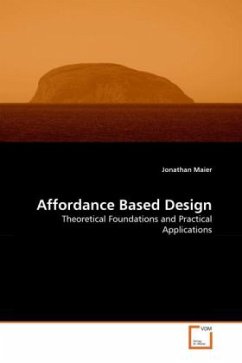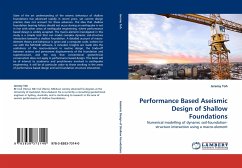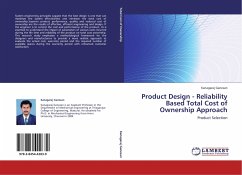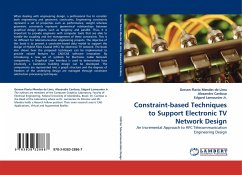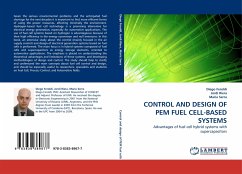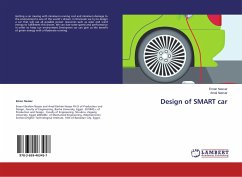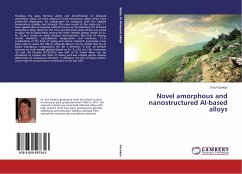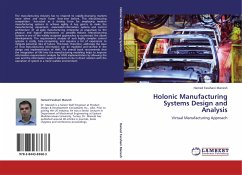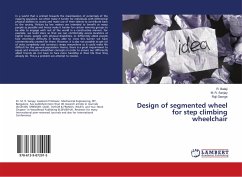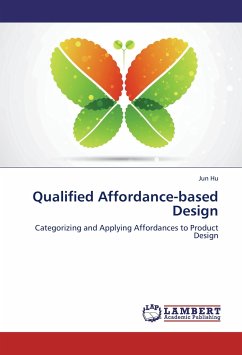
Qualified Affordance-based Design
Categorizing and Applying Affordances to Product Design
Versandkostenfrei!
Versandfertig in 6-10 Tagen
45,99 €
inkl. MwSt.

PAYBACK Punkte
23 °P sammeln!
This book starts by analyzing the inability of functional description in product design to demonstrate the necessity of involving affordance, and then reviews and compares the use of affordance in Human-Computer Interaction (HCI), Artificial Intelligence (AI), design, psychology, and philosophy. A research opportunity identified from the review and comparison is to qualify the affordance-based design. Therefore, a new categorization scheme of affordances applicable for product design is proposed, including doing and happening Artifact-Artifact Affordances (dAAA and hAAA), doing and happening A...
This book starts by analyzing the inability of functional description in product design to demonstrate the necessity of involving affordance, and then reviews and compares the use of affordance in Human-Computer Interaction (HCI), Artificial Intelligence (AI), design, psychology, and philosophy. A research opportunity identified from the review and comparison is to qualify the affordance-based design. Therefore, a new categorization scheme of affordances applicable for product design is proposed, including doing and happening Artifact-Artifact Affordances (dAAA and hAAA), doing and happening Artifact-Environment Affordances (dAEA and hAEA), and doing and happening Artifact-User Affordances (dAUA and hAUA). The new scheme is then validated based on the requirements of a taxonomy.



